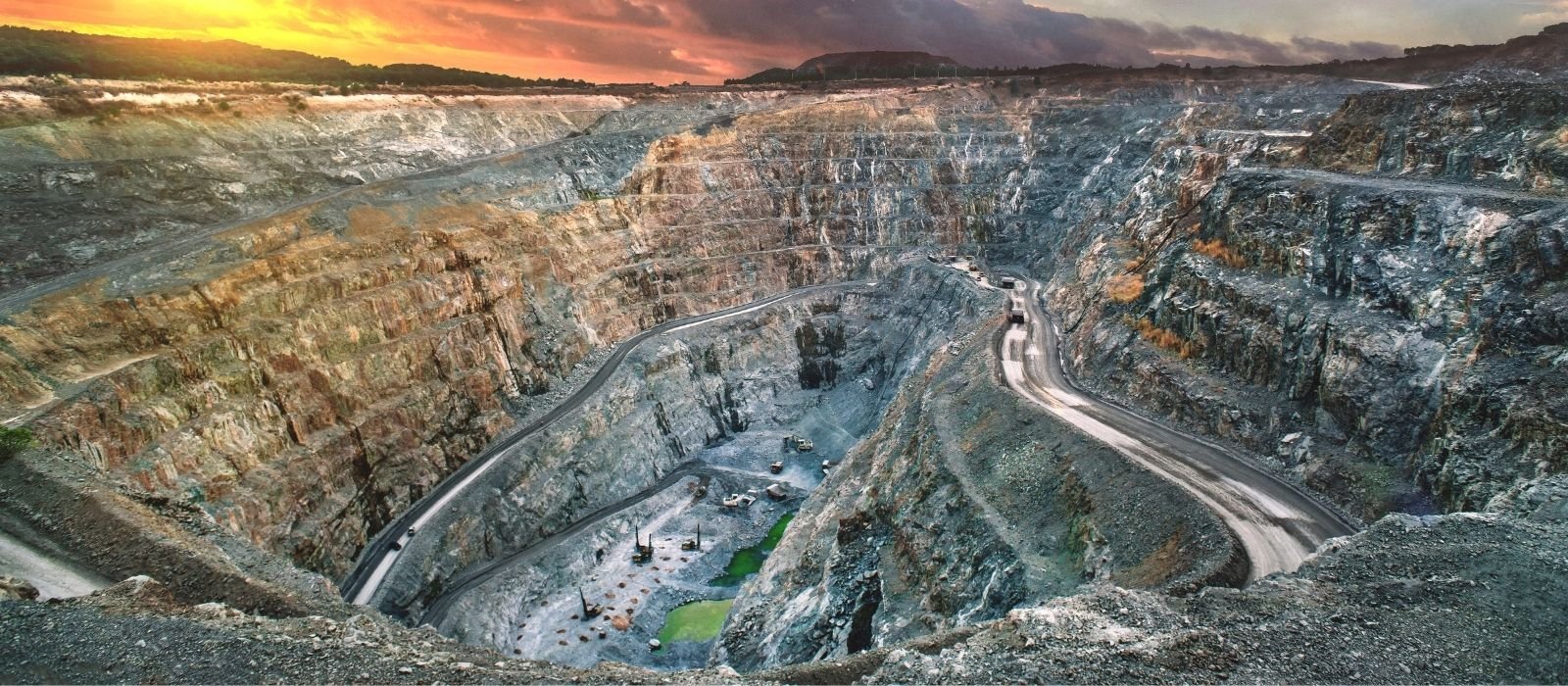Paving the way for success: Critical alignment in Australia's mining sector

While there is a clear link between decarbonising the global economy and opportunities for Australian mining companies, the industry is facing increasingly complex challenges.
The expectations of mining companies are also the highest they’ve ever been. The best path forward requires critical alignment - between mining companies, markets, governments, communities and customers.
This was the key finding in Aussie Mine 2024: Critical alignment report, PwC’s 19th annual analysis of Australia’s top 50 mid-tier mining companies (MT50).
What does this mean for industry and professionals?
To accelerate and maximise investment in resources we need critical alignment of the following.
Mining company strategies
The demands on mining companies continue to grow, making it challenging to sustain their strategic alignment. These include prioritising sustainable practices (such as investing in the decarbonisation of current operations), exploring and developing critical minerals, as well as adopting new technologies. As the future of mining evolves, so too must the strategies of mining companies.
Financial markets prepared to invest and lend
The investment required to support the shift to a low-carbon economy (including investments in essential transition minerals) can’t be achieved without access to capital. However, attracting capital can be difficult due to the price volatility caused by shifts in demand and supply often linked with rapidly changing markets and emerging minerals.
Governments focused on long-term genuine support
Government policies and regulations shape the landscape for investment in new supply and decarbonisation—far beyond merely setting emission-reduction targets. We need to think differently and adopt new perspectives to establish the best policy frameworks—we haven't faced these challenges before. Sustained innovative and long-term support from governments is clearly needed given the magnitude of the challenges.
Partnerships with customers
Downstream players and OEMs are vital stakeholders in supply chains for low-carbon technologies. Building robust partnerships with these customers can help stabilise the demand for sustainably sourced minerals. This collaboration can include financial aspects, such as investments, joint ventures, offtake agreements, and lending. Working together to develop new approaches will also be important.
End customers willing to pay a fair but higher price for better ESG products
A 'green premium' for superior products isn't guaranteed. Consumers are crucial in driving demand for products that are environmentally and socially responsible. End customers need to be willing to pay more for products that meet higher ESG standards, thereby giving companies the incentive to invest in sustainable offerings. Regulation can also play an important role until longer-term stability arises in these markets.
Communities supportive of increased mining activities
Community support is crucial for the successful expansion of mining activities. Effective communication and commitment to transparency are key. Mining companies need to engage with local communities, address their concerns, and highlight the benefits of their projects, such as job creation and economic development, all while showcasing their commitment to environmental responsibility.
International cooperation
Global challenges demand global solutions. International cooperation is essential for sharing knowledge, resources, and best practices. By working together, countries can harmonise regulations, standardise ESG criteria and expectations, and encourage the consistent adoption of low-carbon technologies.
A snapshot of other results from the report include:
- The critical minerals sector lost its dominant position in the MT50 in 2024. Critical minerals represented 52% of the 2023 MT50 value, but this share fell to 37% in 2024.
- The value of gold and coal companies increased. Particularly gold, on the back of record prices.
- Overall revenue fell 10%, net cash is down 99%, and operating cash flows are 40% lower.
- 2024 was a big year in transactions, with the number of deals up 81%, and the value of deals sitting at a record high of $27 billion.
Those interested can learn more and download the report here.